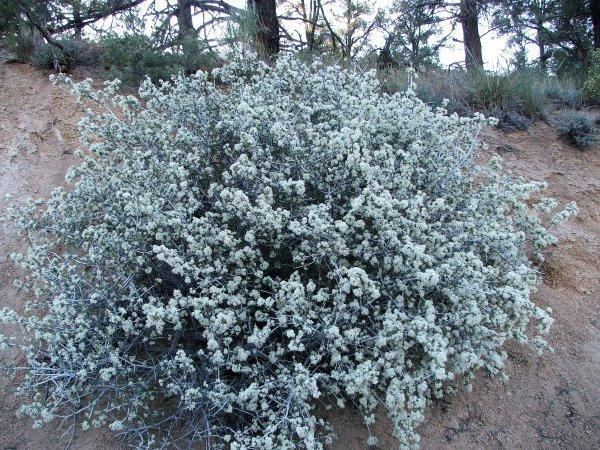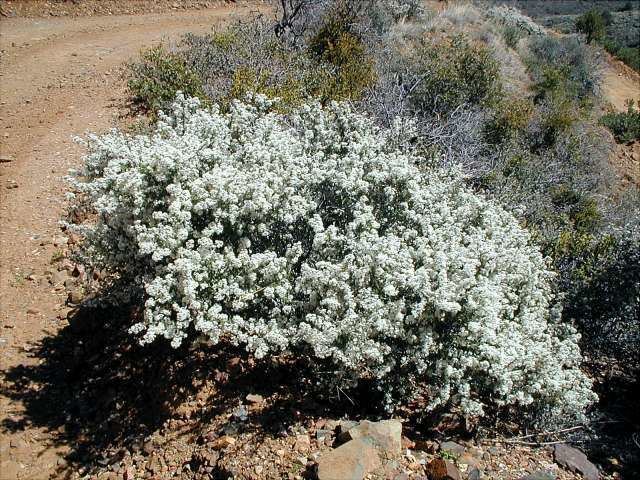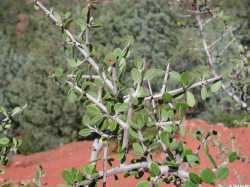Kingdom Plantae Family Rhamnaceae Scientific name Ceanothus greggii Rank Species | Order Rosales Genus Ceanothus Higher classification California lilac | |
 | ||
Similar California lilac, Ceanothus fendleri, Ceanothus crassifolius, Rhamnaceae, Ceanothus integerrimus | ||
720p hd ceanothus greggii in bloom
Ceanothus greggii, with the common name desert ceanothus, is a species of shrub in the buckthorn family, Rhamnaceae.
Contents
Distribution

It is native to the Southwestern United States, California, New Mexico, Texas, and northern Mexico. It grows in desert scrub, sagebrush, chaparral, and other dry habitats such as inland mountai slopes, at elevations of 1,000 m (3,300 ft) to 2,300 m (7,500 ft) .

It was named for its collector Josiah Gregg, who found the plant in 1847 at the site of the Battle of Buena Vista in the state of Coahuila, in northern Mexico during the Mexican-American War by Asa Gray of Harvard University in 1853.
Description

Ceanothus greggii is a many-branched shrub that grows erect to nearly 2 m (6.6 ft) in maximum height. Its woody parts are gray in color and somewhat woolly. Branches are opposite and rigid.

The evergreen leaves are oppositely arranged, 2 to 9mm long, and variable in shape, with a prominent midvein. They may be toothed or smooth along the edges, and are indeed usually somewhat cupped (see top image).
The inflorescence is a small (less than 2cm long) cluster of many white flower, on short lateral branchess. It blooms in spring. Blooms are considered highly fragrant.
The fruit is a horned capsule a few millimeters wide which bursts explosively to expel the three seeds which require thermal scarification from wildfire before they can germinate.
This shrub is eagerly browsed by livestock and wild ungulates such as mule deer and desert bighorn sheep.
Varieties
Varieties include:
